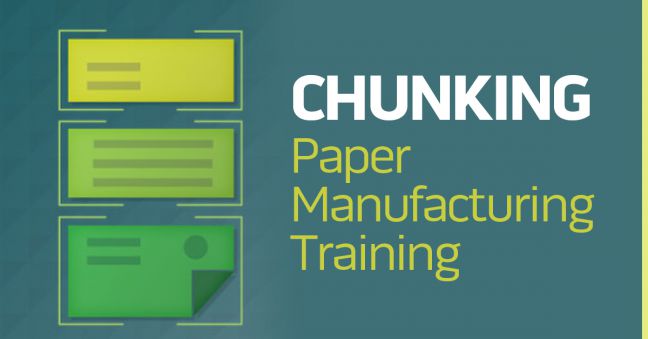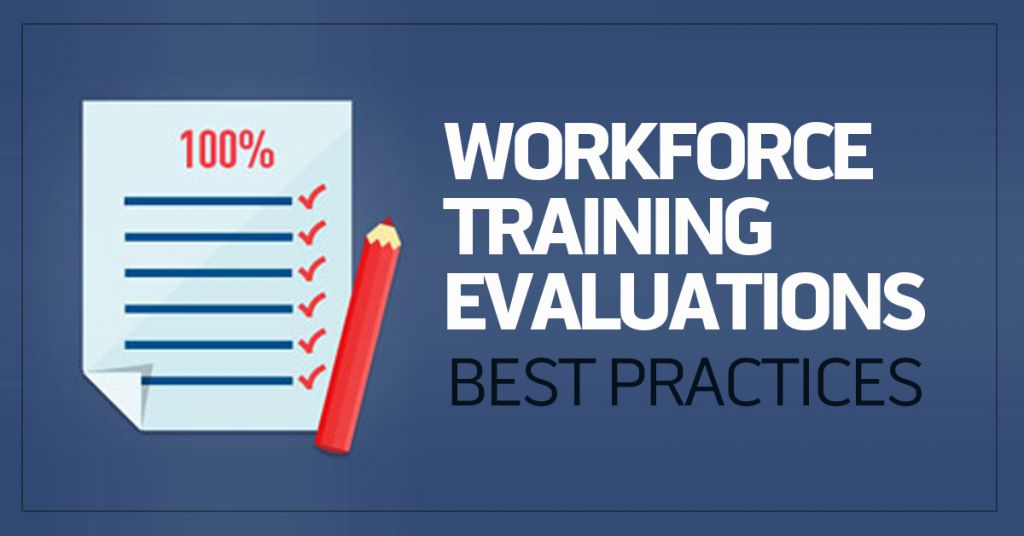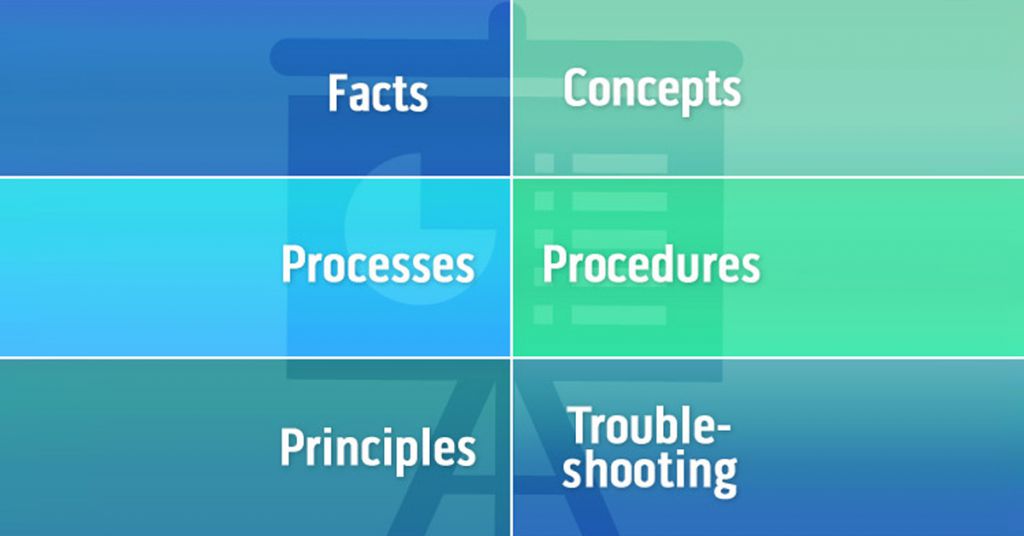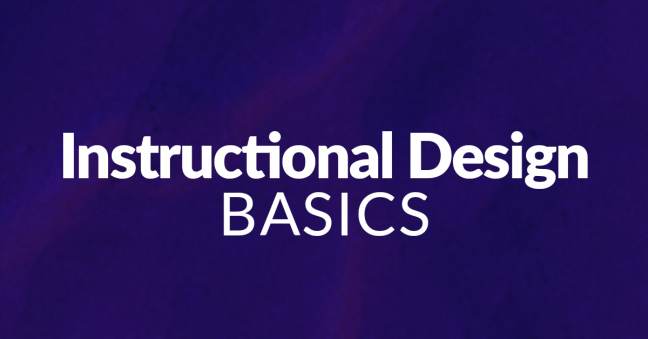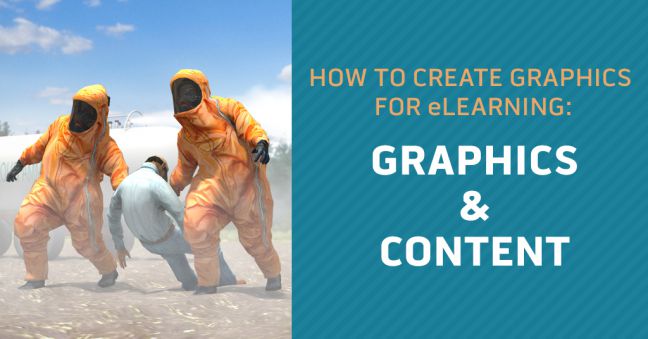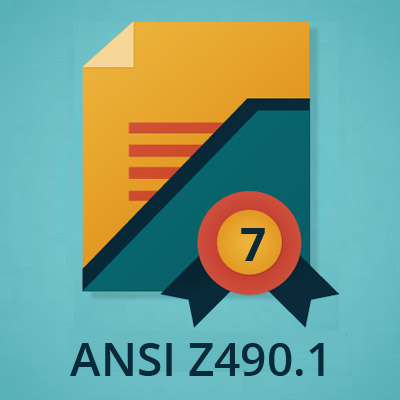 Before you begin any training program, you should first do a training needs analysis.
Before you begin any training program, you should first do a training needs analysis.
If you’re new to training, maybe you don’t know what a training needs analysis is. But not to fear, because we’re about to spell it out for you here.
And even better, because a big chunk of our customer base is made up of paper manufacturers, we’ll put it in those terms. If you’re not a paper manufacturer, but you’re still interested in learning about the training needs analysis, you can still learn from this article. Or you can read this more general training needs analysis article.
 People frequently ask us if MSHA allows mine operators to use online MSHA Part 46 training to satisfy some of the
People frequently ask us if MSHA allows mine operators to use online MSHA Part 46 training to satisfy some of the 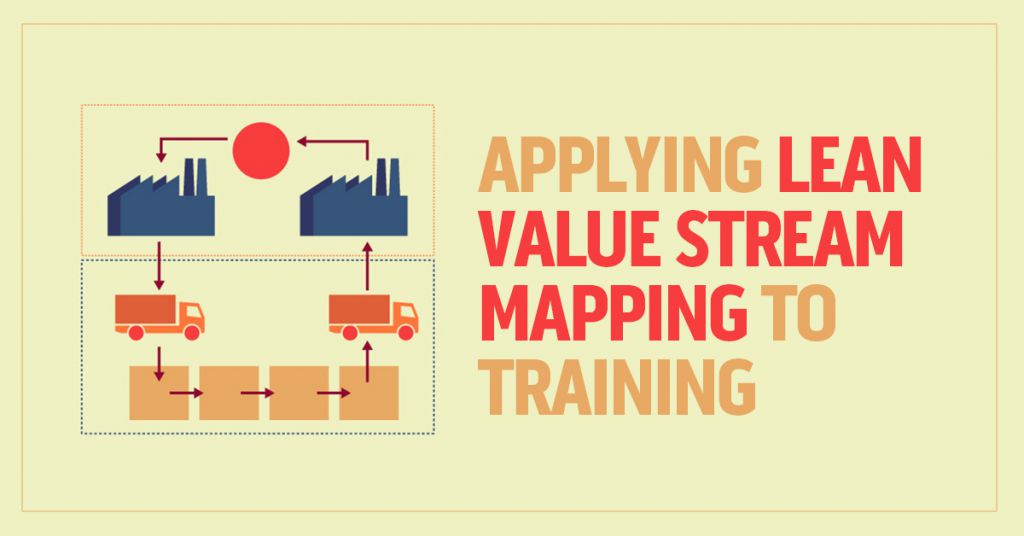
 A lot of workforce training materials are written. This is true if it’s something your workers will actually read. And it’s true of scripts that are used for e-learning training courses as well.
A lot of workforce training materials are written. This is true if it’s something your workers will actually read. And it’s true of scripts that are used for e-learning training courses as well.
